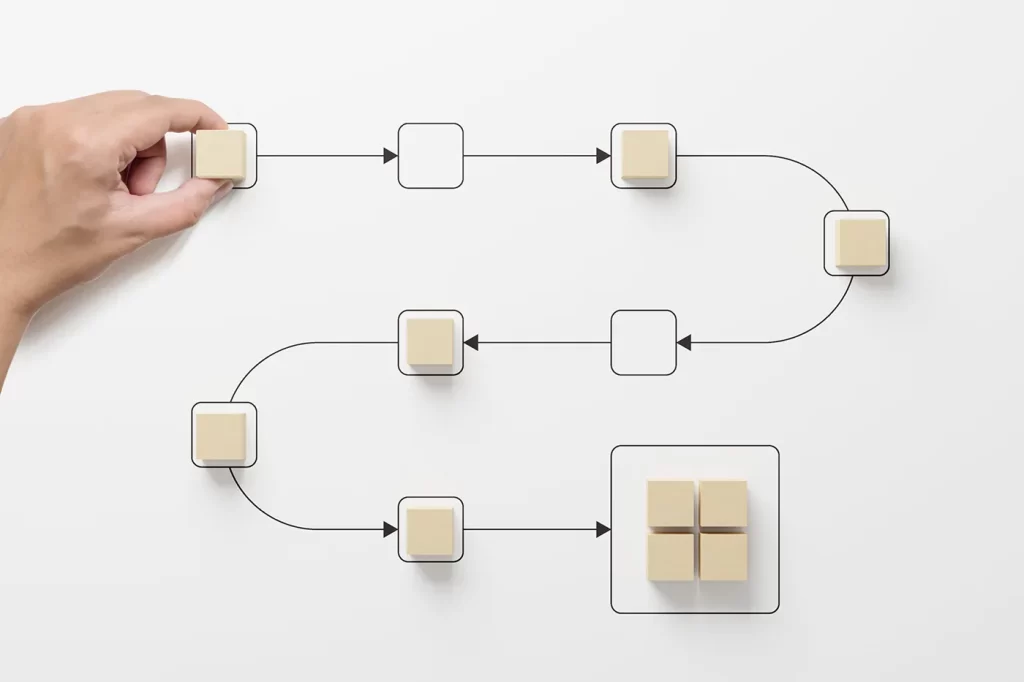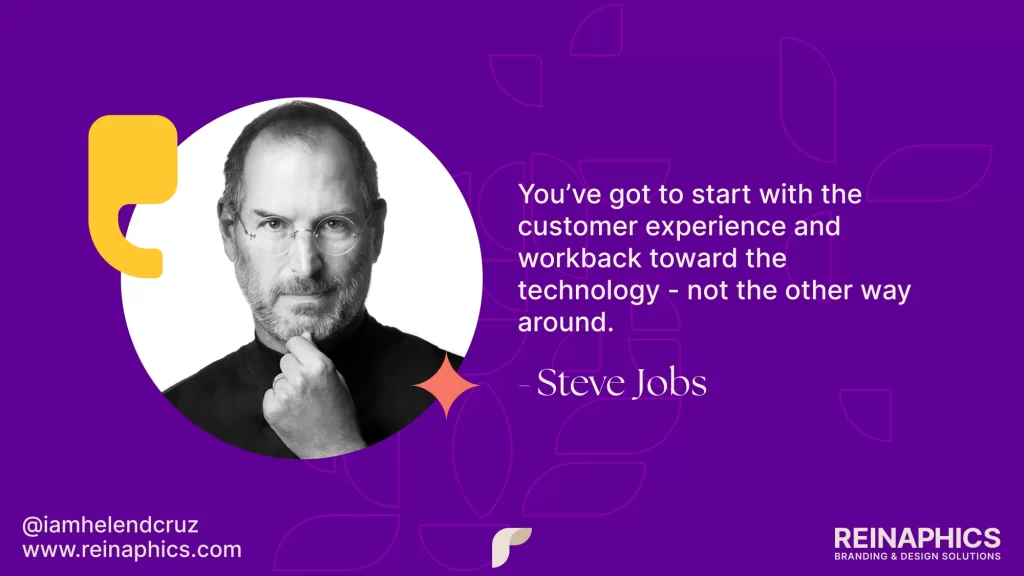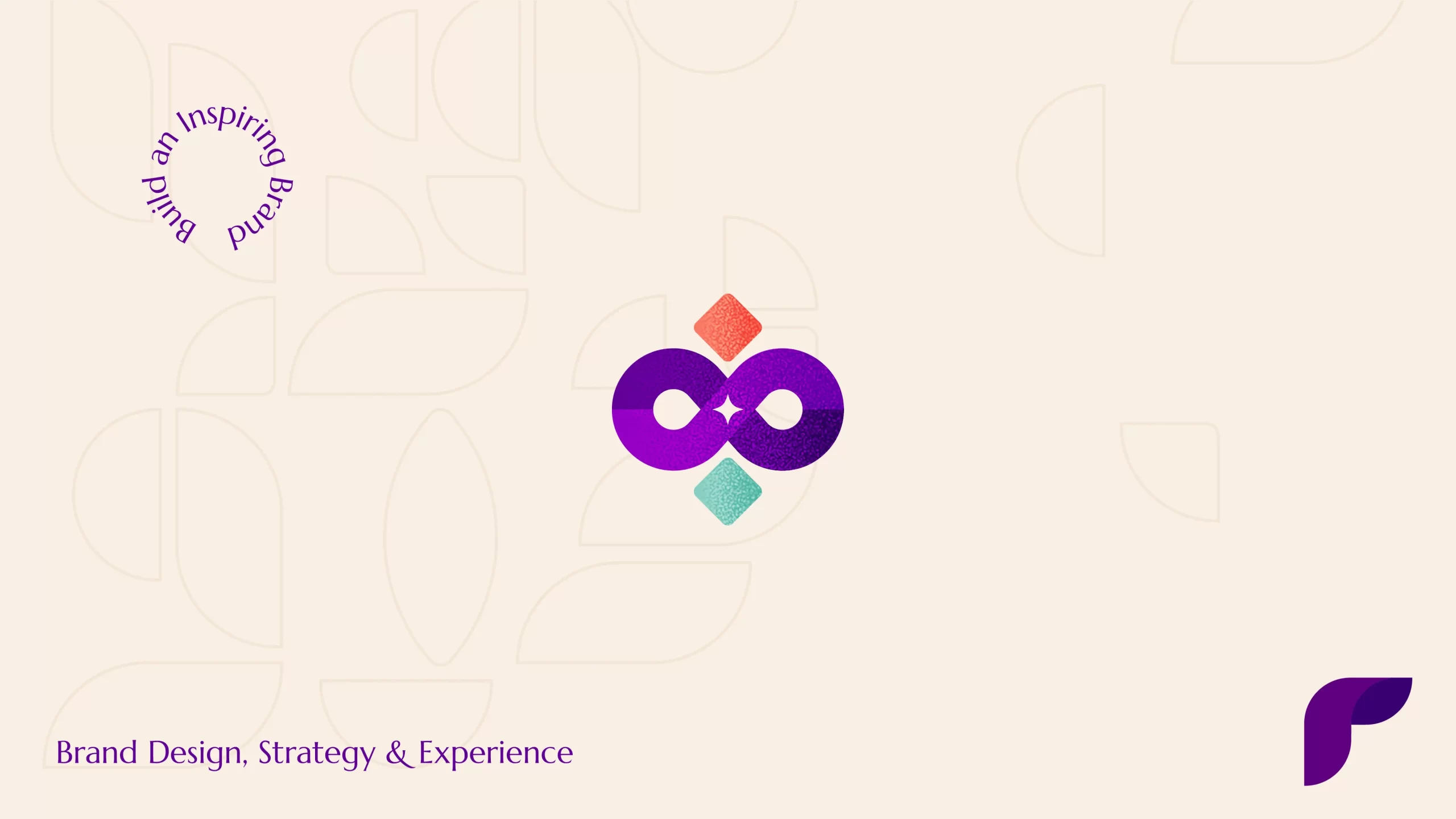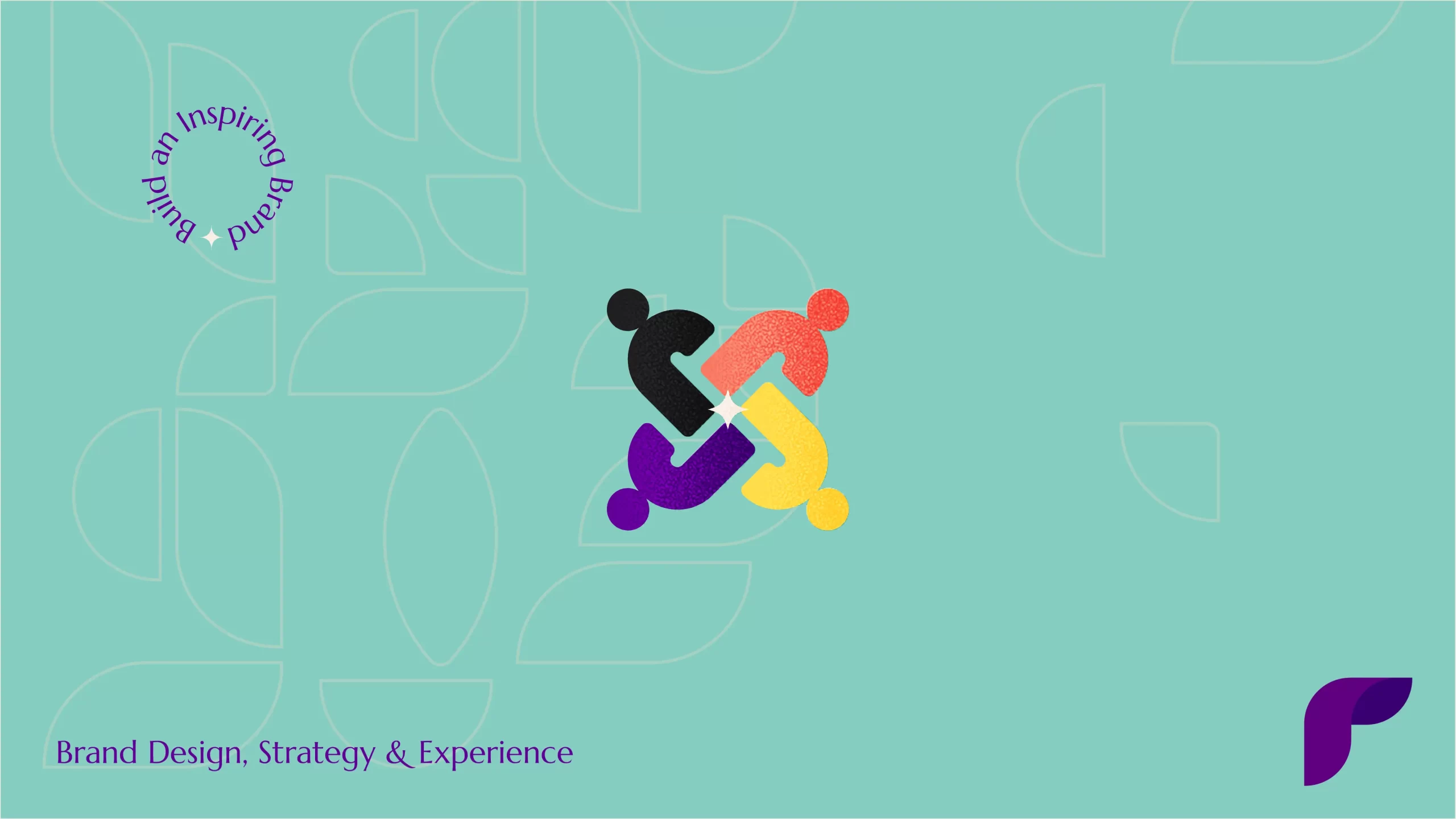We live in a world where brands are vying for attention and loyalty, understanding the journey a customer takes from being a mere visitor to becoming a long-term advocate is crucial.
This journey, often referred to as the “brand cycle,” encapsulates the various stages a customer goes through. Each step holds significance for businesses aiming to create a strong and lasting presence.
What’s in this article?
What is a brand cycle?
The brand cycle is the dynamic process a potential customer undergoes, transitioning from being aware of a brand’s existence to becoming a loyal patron. These patrons not only make repeat purchases but also spread the word about your brand.
The brand cycle is a multi-stage process, starting with creating awareness and culminating in establishing advocacy and repeat business. You need to have a growth arc from the moment your customer discovers your brand, invests in you, and then comes back for more.

Stage 1: Awareness and discovery
During the awareness and discovery phase, your potential customers are just starting to learn about your brand and what you offer. They’re looking for information or solutions to their problems, so they turn to social media and search engines to find what they need.
For instance, if you want to purchase a laptop bag, you begin your search online and on e-commerce sites like Amazon, Flipkart, and Myntra. You then come across various products, and your journey with that particular brand begins. Either you research the product, read reviews, or you simply switch to the next brand.
In most scenarios, your target group will fall in one or more of the below categories:
- Very aware – they know about your company and what you do/offer ·
- Product aware – they know solutions to the problem exist, and that your product is one of those solutions
- Solution aware – they know solutions to their problems exist (but not about you/your solution)
- Pain aware – they know they have a problem, but aren’t yet aware of solutions for it
- Solution Unaware – they have little awareness of their pain/problem, and no knowledge of solutions
Creating awareness requires a strategic blend of marketing and advertising.
- Identify your target audience and where do they head to looking for your product or services.
- Get to know their general state of awareness.
- Plan your marketing campaigns accordingly, educate them if they are in unaware category and show your offerings or products on those platforms.
Stage 2: Engagement and interest
Once we have identified and managed to bring them to the online or physical store, it’s time to make that initial interaction & experience memorable so that they stick around the brand. Storytelling helps!
Creating narratives that deeply engage customers extend beyond product details. It is a great way to establish emotional connections. A captivating brand story can transform visitors into engaged participants. Tata Tea’s “Jaago Re” campaign transcended tea promotion, focusing on social issues and engaging customers on a deeper level.
Also read: Why does brand storytelling matter?
At the same time, generating loyalty by offering unique and memorable experiences enhances the overall value of the brand. Brands like Sula Vineyards offer unique wine tastings, events, and vineyard tours, creating a memorable experience that ties into their products.
Another method to engage and retain your customers’ interest is to use interactive platforms to personalize the shopping experience. It also helps to use customer interactions to provide tailored assistance and recommendations.

Stage 3: Consideration and evaluation
Let’s quickly go through how you can evaluate the results you receive to improve your brand.
Understanding the consumer decision-making process
Customers don’t make decisions randomly; their choices are often driven by a series of steps they go through mentally. This decision-making process involves identifying a need or desire, gathering information, evaluating alternatives, and finally, making a choice.
Brands that successfully navigate this process can tailor their interactions and offerings to fit customer needs at each stage. Recognizing that decisions hinge on information, brands like Cred offer educational content, aiding customers in informed choices. They provide financial literacy content about credit card usage.
Provide relevant information and solutions
When customers are considering a product or service, they go through a decision-making process where they gather information, weigh options, and assess the value a brand can offer them.
At this juncture, brands need to step in and provide accurate and relevant information that addresses the customer’s queries and concerns. Ed-tech giant Byju‘s offers demo classes, assisting potential customers in evaluating services before committing.
The impact of social proof
Imagine walking into a restaurant. If you see a crowded dining area with satisfied customers enjoying their meals, you’re more likely to think that the restaurant serves good food.
This perception is based on the social proof provided by the other diners’ choices. In a similar manner, online reviews, testimonials, user ratings, and even the number of followers on social media platforms can all serve as forms of social proof.
Brands that understand the influence of social proof strategically showcase customer testimonials, highlight user-generated content, and prominently display awards or certifications. This not only validates the brand’s claims but also creates a sense of belonging and community among potential customers.

Stage 4: Conversion and purchase
Here are some ways you can analyze and improve your purchasing process to ensure more conversions.
Optimizing the user experience
User experience encompasses every interaction a customer has with a brand, from the moment they land on a website or app to the completion of a transaction. Optimizing this experience means designing each touchpoint to be intuitive, efficient, and satisfying. Brands that excel in UX prioritize ease of use, fast loading times, clear navigation, and visually appealing design.
Take Flipkart, for example, one of India’s largest e-commerce platforms. Their commitment to user experience is evident in their user-friendly interface. The platform ensures that products are categorized logically, search functionality is robust, and the checkout process is hassle-free. This seamless experience not only encourages users to make purchases but also keeps them coming back for future transactions.
Encouraging first-time purchases
Encouraging first-time purchases involves strategies aimed at converting curious visitors into paying customers. Often, the barrier to purchasing is uncertainty. Customers might wonder if the product is worth their investment or if the brand can deliver on its promises.
To alleviate these doubts, brands use tactics such as limited-time offers, introductory discounts, or free trials. These incentives provide an extra push for customers to take that initial step and make their first purchase. These promotions not only reduce perceived risk but also showcase the brand’s confidence in its quality.
Stage 5: Satisfaction and loyalty
Consistency is a cornerstone of building trust and loyalty. When a brand consistently delivers on its promises, customers feel confident in their choice and are more likely to become loyal patrons.
For instance, consider Tanishq, a renowned jewelry brand. Tanishq’s consistent delivery of high-quality jewelry not only meets customer expectations but often exceeds them. This reliability builds a strong sense of trust, which in turn fosters loyalty and repeat business.
Also read: The science of brand trust: How to establish credibility for your business
Fostering a positive customer experience
Creating an exceptional customer experience goes beyond the product itself—it’s about crafting an environment that resonates with the customers’ emotions and preferences. Brands that excel in this aspect go the extra mile to ensure that each interaction is memorable and enjoyable.
Cafe Coffee Day is a prime example of this strategy. While coffee is their core product, they understand that millennials seek not only caffeine but also a comfortable ambiance to relax and socialize. By providing a positive atmosphere along with quality coffee, they’ve become a go-to destination for their target audience.
Implementing loyalty programs
These programs often include perks such as exclusive discounts, rewards, and personalized offers. By implementing loyalty programs, brands acknowledge and appreciate their loyal customers, reinforcing their commitment to building long-term relationships.
Big Bazaar offers a membership program that grants regular customers access to special discounts and rewards. This not only incentivizes repeat purchases but also creates a sense of exclusivity, making customers feel valued and appreciated.
Conclusion
In branding, the journey from a mere visitor to a loyal customer is an intricate dance. It’s about understanding, adapting, and delivering at every step. As businesses move forward, one thing remains clear: a customer-centric approach guides them. It ensures that each visitor turns into a cherished long-term customer.




